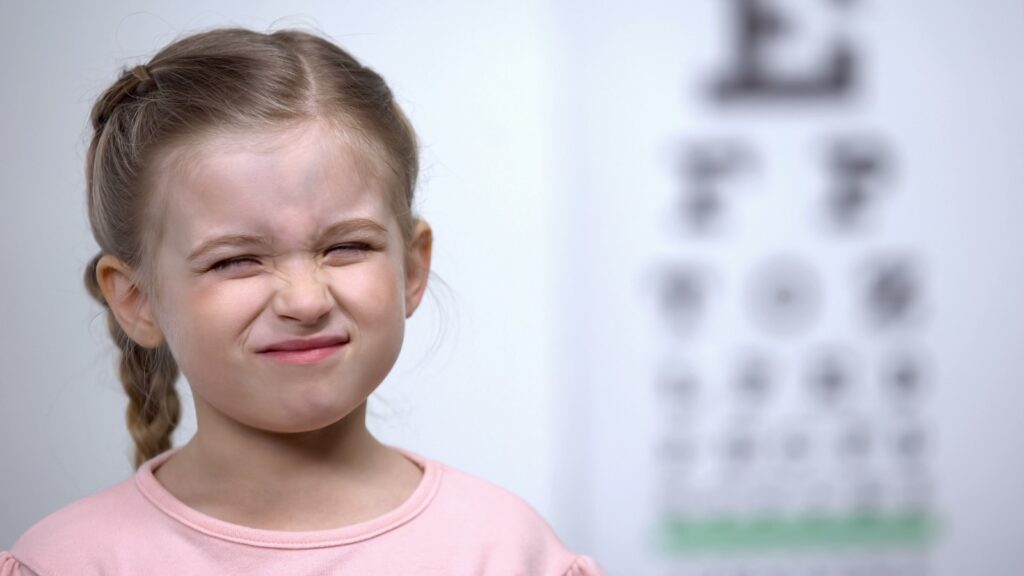
Myopia is the inability to see things clearly unless they’re relatively close to your eyes. Also called nearsightedness or shortsightedness, myopia is the most common vision issue among children and young adults. Myopia occurs when the eye grows too long from front to back, causing light to come to a focus in front of the retina instead of directly on it. Myopia typically starts during childhood and, unless treated, usually progresses rapidly. Rates of myopia are increasing around the world in children and teenagers, and with more awareness can come some less accurate information. This can be confusing for parents of kids with myopia, and for people with myopia too.
Early intervention with myopia treatment can slow, or even stop, the progression of your child’s myopia.
The higher the myopia, the greater the risks of serious eye diseases.
Understanding the options for myopia control
Myopia control aims to slow down the progression or worsening of myopia in children and teenagers, so that their final amount of myopia is less than what it would have been without treatment.
Myopia control is important to both improve your child or teenagers’ vision with less frequent changes in prescription in childhood, as well as reducing their lifelong risk of eye diseases and vision impairment associated with higher levels of myopia.
Myopia control treatments include special types of spectacle lenses, soft contact lenses, ortho-k and atropine eye drops.
There is no single treatment which is clearly better than the rest, with specific spectacle lenses, soft contact lenses, ortho-k and the best concentration of atropine eye drops appearing to have a similar effect to slow myopia progression in children. There are some treatments which are less effective, which will be described below.
This means that the best option for your child or teenager’s myopia control treatment will include a variety of considerations such as their prescription, eye health, hobbies, activities and even what best suits you as a family.
Glasses for Myopia control: Glasses do not slow the worsening of childhood myopia but specific designs do. Myopia controlling spectacles can both correct the blurred vision of myopia and work to slow down myopia progression.
Soft contact lenses for myopia control: Standard single-focus contact lenses do not slow the worsening of childhood myopia but specific designs do. These specific designs can both correct the blurred vision of myopia and work to slow down myopia progression. The options include soft myopia controlling contact lenses and orthokeratology (Ortho-K).
Atropine eye drops for myopia control: Atropine eye drops in low-concentration have been shown to slow myopia progression by about one-third to about one-half, compared to children on placebo treatment. With atropine eye drop treatment for myopia control, spectacles or contact lenses are still needed to correct the blurred vision from myopia, as atropine only acts to slow myopia progression.
